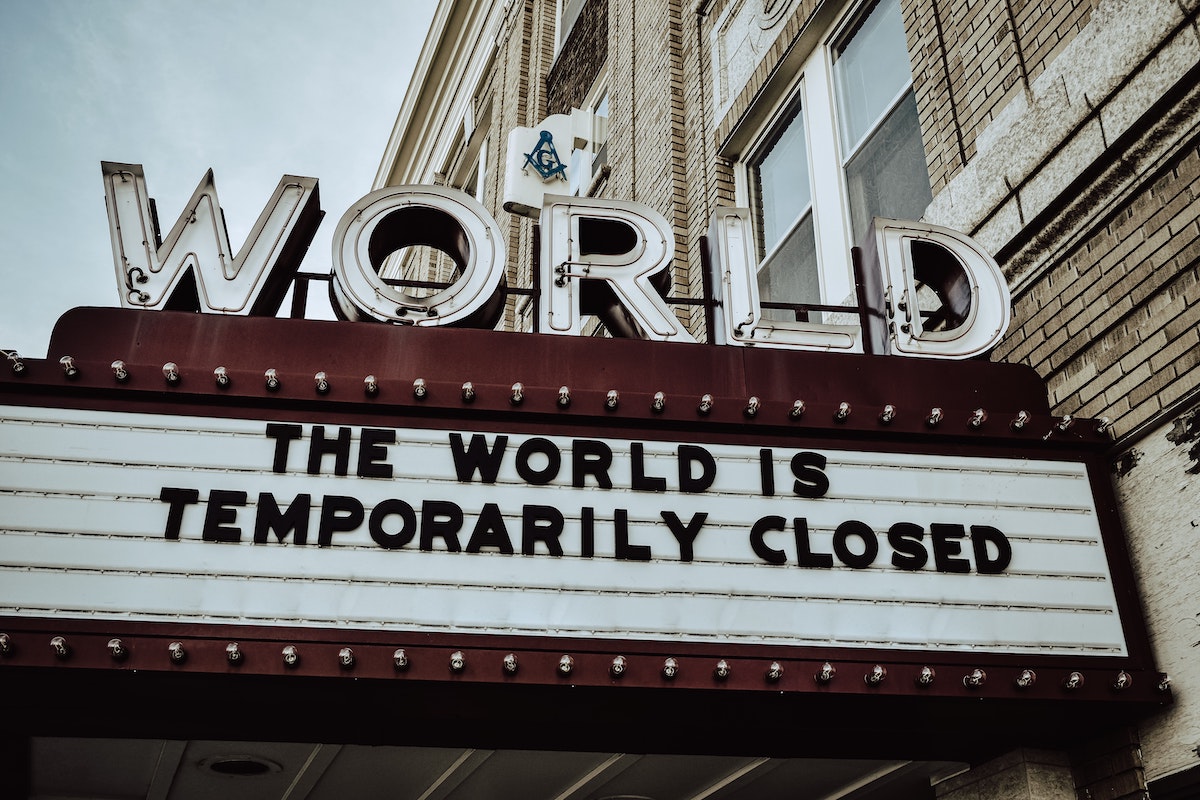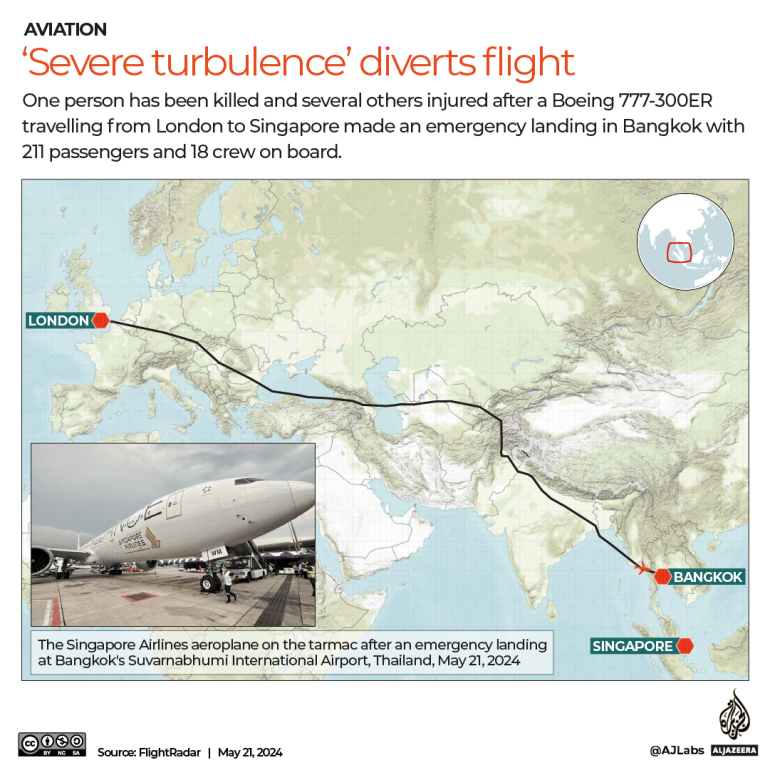Agriculture and the environment are often viewed to be on different sides of a coin. Supporting agriculture is viewed as an environmental stressor since it can contribute to the degradation of land.
Agriculture cannot be taken away from society since it provides people with food supply. While it can serve as a detriment to nature, it is also among the sectors that are most affected by drastic changes in weather and climate. Given this, nature and agriculture must be reconciled — a transition from a relationship that is parasitic to that of mutual benefit.
By reconciling the environment and agriculture, food security is attained. Agriculture that is positioned to be environment-friendly spurs food innovations that will not contribute any further to land degradation. On the flip side, a good state of the environment will lead to better conditions for the agricultural sector to operate.
Which countries managed to perform this reconciliation and therefore effectively lowered their vulnerability to food insecurity?
The Economist Intelligence Unit (EIU) recently released their report for the 2019 edition of The Global Food Security Index. Through their report, this question will be answered.
Highlights
The Global Food Security Index (GFSI) is a metric that assesses a country’s vulnerability to food security. In the 2019 edition of the Index, 113 countries were included.
The country with the highest score — and the most food-secure for 2019 — is Singapore, with an Index score of 87.4.
Amidst the on-going COVID-19 pandemic, the food security of Singapore has definitely been challenged. While disruptions in the supply chains are expected, Singapore said that the people should not worry at all.
Channel News Asia reported that Trade and Industry Minister Chan Chun Sing has deemed Singapore’s national stockpile and diversified supply chain to be capable enough to survive the pandemic. He also said that the country has planned in advance and is executing tenacious efforts to secure the food supply.
“We must have a plan B, if not a plan C and plan D,” Chan told Channel News Asia.
Following Singapore is Ireland (84.0), the United States (83.7), Switzerland (83.1), Finland (82.9), Norway (82.9), Sweden (82.7), and Canada (82.4).
Methodology
In order to measure a country’s food security, EIU considers four dimensions: affordability, availability, quality and safety, and natural resources and resilience.
The first three of these dimensions are internationally agreed upon. The fourth one was added in by EIU in order to adjust for the impact of the changing climate and other natural resource risks.
To gain information on these dimensions, 34 unique indicators are used. A weighted average of these indicators is computed to come up with the GFSI. The overall GFSI score is on a scale from 0 to 100, with 100 being the most favourable score.
If you want to know more about the study you may download the report here. Apart from the full report, there are also regional reports in that link which you may also access if you are interested in learning more about the state of food security in your region.










